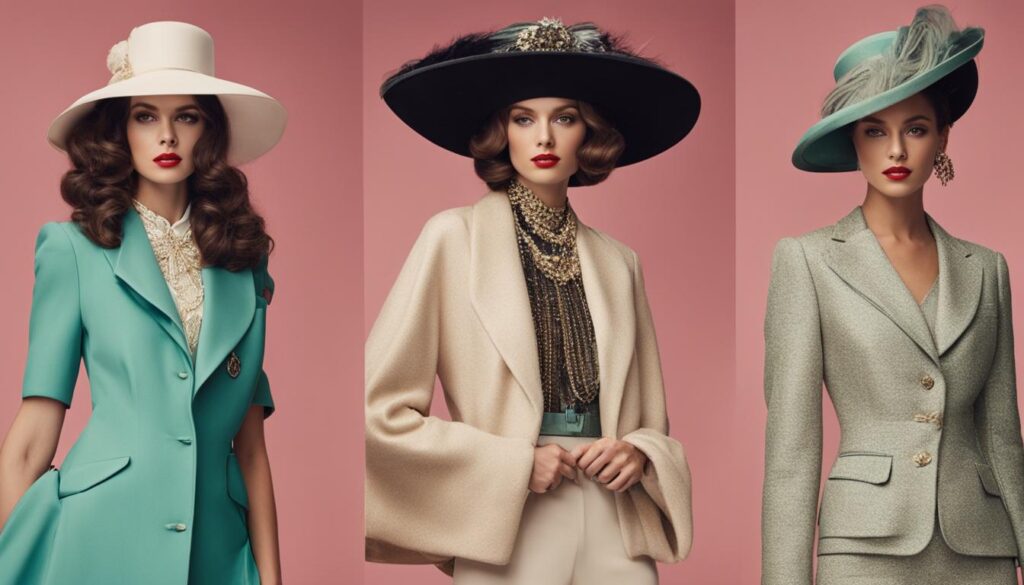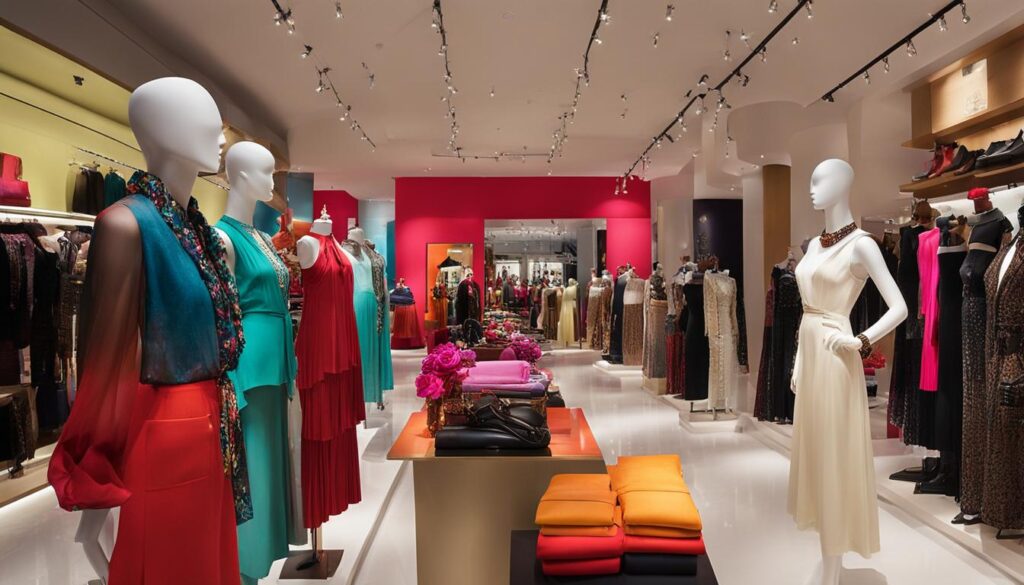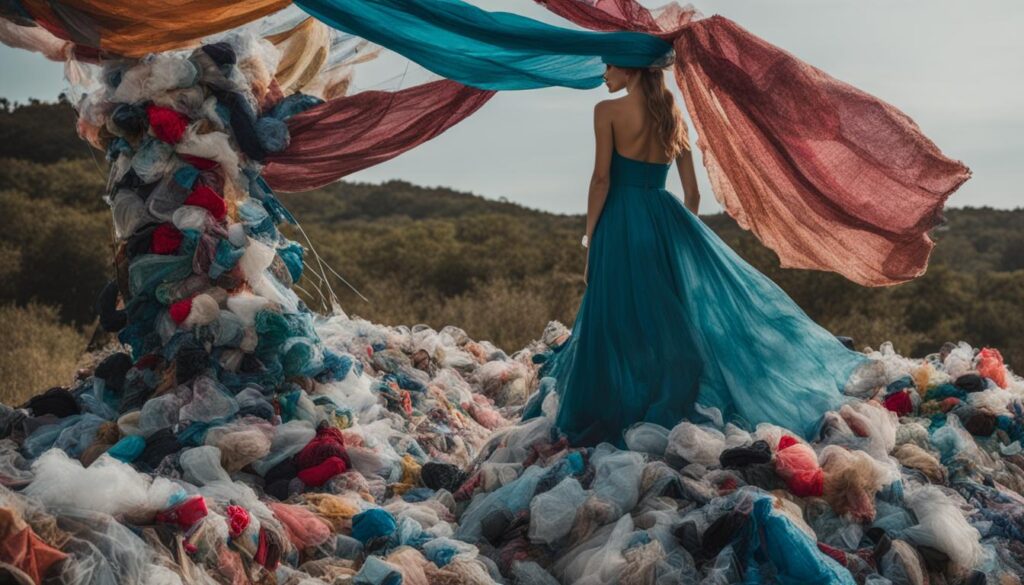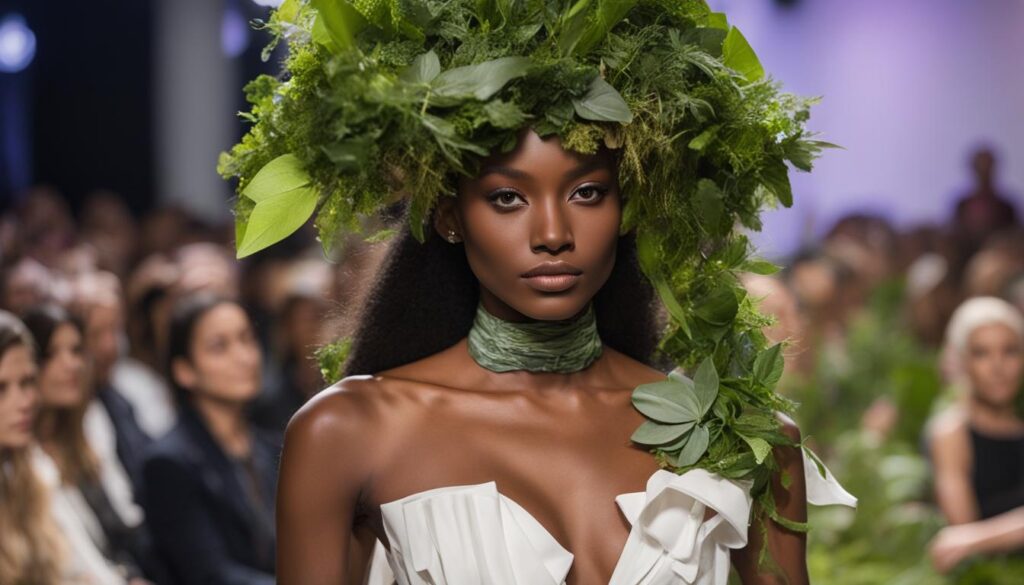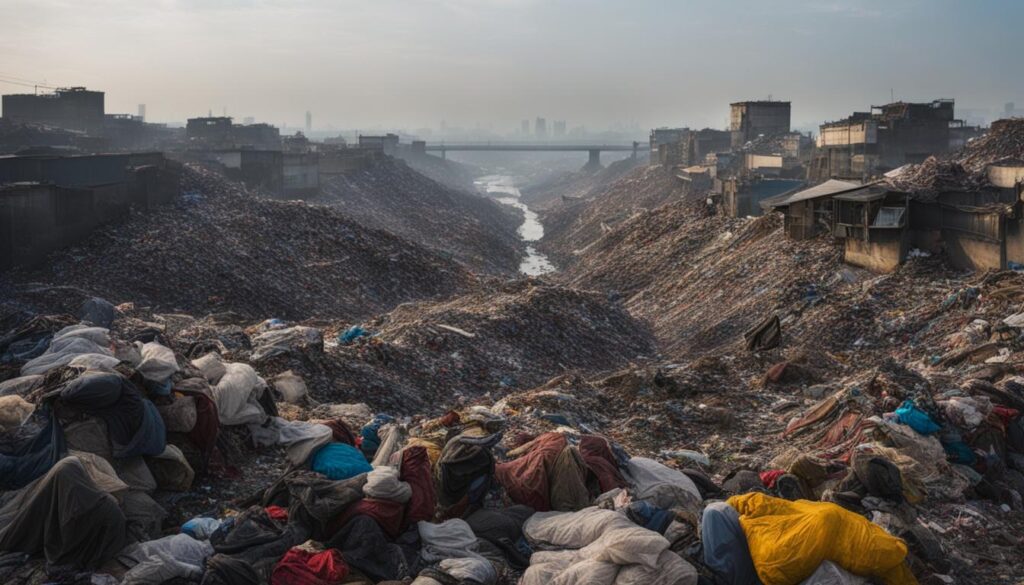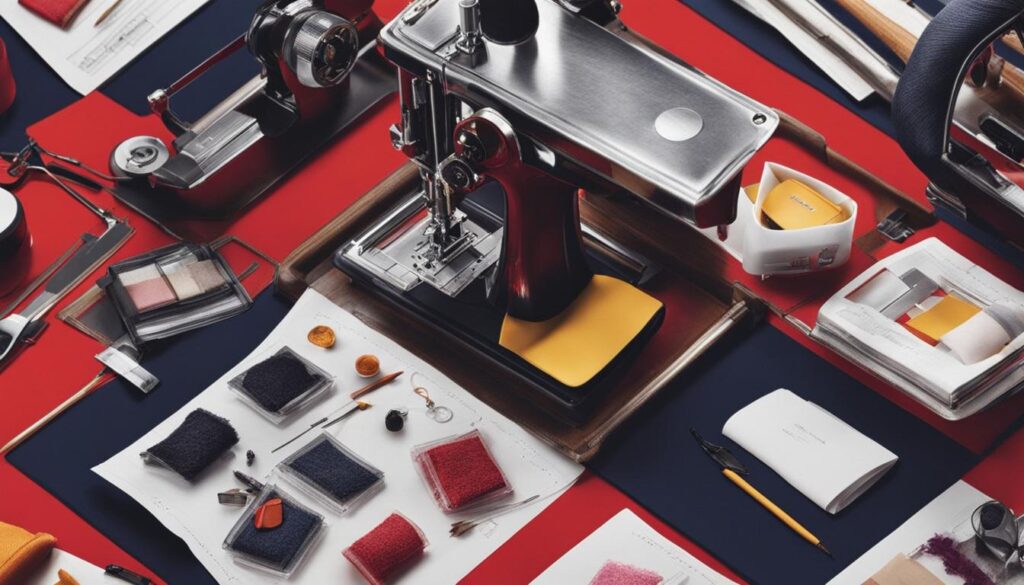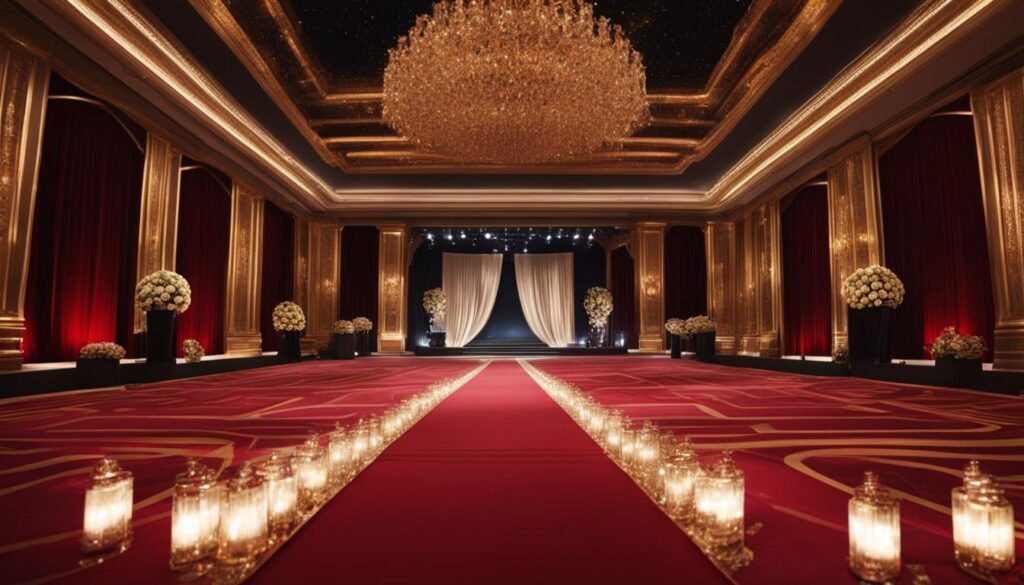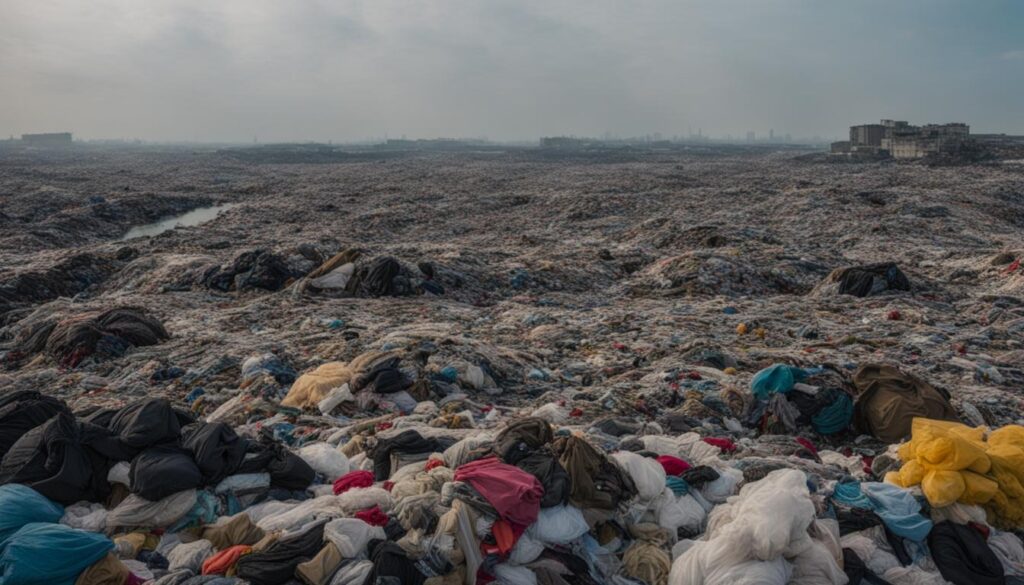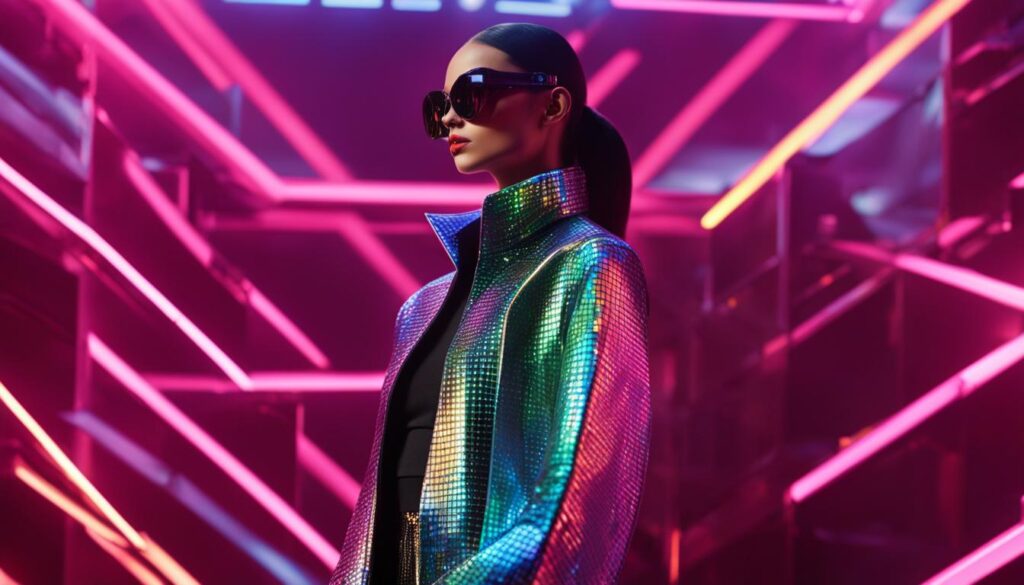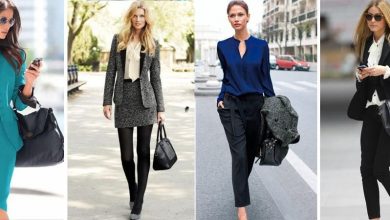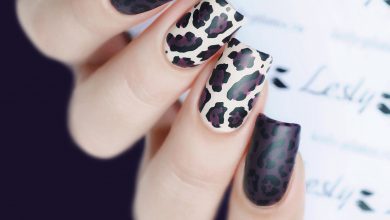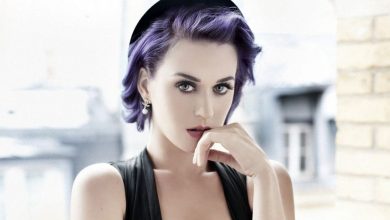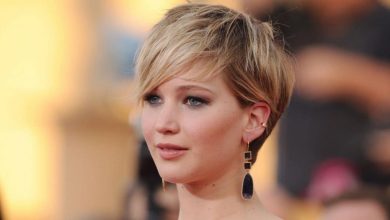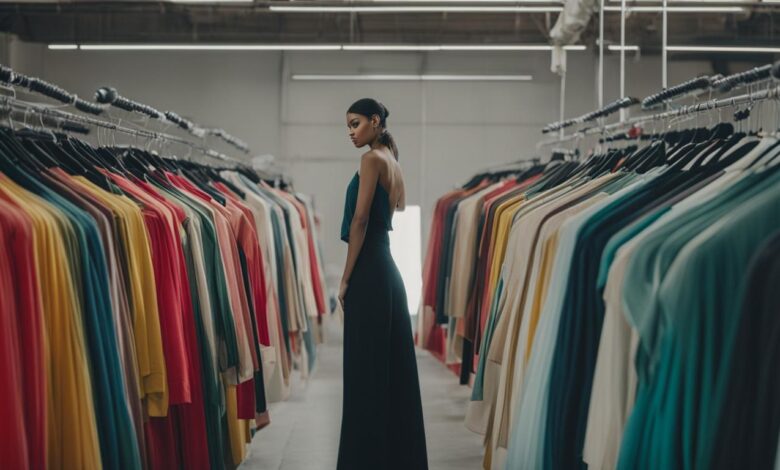
Welcome to our comprehensive guide to the fashion industry, where we delve into the global trends and challenges that shape this multi-billion dollar business. From the latest fashion industry trends to the obstacles it faces, we provide valuable insights into this dynamic and ever-evolving industry.
With a worth of around 1.3 trillion dollars and employing over 300 million people worldwide, the fashion industry remains a highly competitive market dominated by global brands. However, amidst its success, the industry grapples with various challenges that impact its growth and sustainability.
Geopolitical and economic instability, along with increasing uncertainty, pose significant challenges to the fashion industry. Adapting to diverse consumer needs and preferences is also a key obstacle. As the industry becomes more digitalized, online sales are expected to surge, requiring fashion brands to adapt to the evolving retail landscape.
One emerging trend in the fashion industry is sustainability. Consumers are demanding transparency and more sustainable practices, driving fashion brands to embrace environmentally-friendly initiatives. As the industry faces both opportunities and challenges, navigating this dynamic environment calls for innovation and strategic decision-making.
Meaning of Fashion
What is fashion? Fashion is often thought of as simply the clothes that people wear. However, there is much more to fashion than just the clothes. Fashion is a form of self-expression that allows people to show their individuality and style. It is also a way for people to show their status and wealth.
The meaning of fashion can vary depending on who you ask. For some people, fashion is about following the latest trends and wearing the latest designer clothes. For others, fashion is about expressing their individual style and being unique.
There is no single definition of fashion. However, there are some common themes that are often associated with fashion. These themes include style, trends, and status.
Style is one of the most important aspects of fashion. Style is what makes a person’s fashion unique. It is the combination of the clothes, accessories, hair, and makeup that a person chooses to wear.
Trends are another important aspect of fashion. Trends are the latest styles and looks that are popular at a certain time. They can be influenced by the magazines, celebrities, and the runway.
Status is another important aspect of fashion. For many people, the clothes they wear are a way to show their wealth and social status. designer clothes, expensive jewelry, and other luxury items are often seen as a status symbol.
The meaning of fashion is different for everyone. For some people, it is about following the latest trends. For others, it is about expressing their individual style. And for others, it is about showing their wealth and social status. No matter what your personal definition of fashion is, it is an important part of our culture.
History of the Fashion Industry
The history of the fashion industry is a fascinating journey that spans centuries. It has evolved and adapted to the changing social, cultural, and economic landscapes throughout history. From ancient civilizations to the Renaissance period, fashion has played a significant role in shaping identities and reflecting the values and aspirations of societies.
Early Beginnings
Table: Evolution of Fashion Throughout History
| Era | Key Fashion Trends |
|---|---|
| Ancient Civilizations | Toga in ancient Rome, draped garments in ancient Greece, intricate jewelry in ancient Egypt |
| Medieval Period | Layered clothing, flowing gowns, and intricate embroidery |
| Renaissance | Rich fabrics, elaborate ruffs, and voluminous skirts |
The fashion industry as we know it today began to take shape during the Renaissance period. This era marked a significant shift in fashion, with the rise of fashion houses and the emergence of skilled artisans and designers. The industrial revolution further propelled the fashion industry forward, introducing mass production and making fashion more accessible to the masses.
“Fashion is not something that exists in dresses only. Fashion is in the sky, in the street, fashion has to do with ideas, the way we live, what is happening.” – Coco Chanel
The 20th century witnessed major milestones in the fashion industry. The introduction of ready-to-wear clothing revolutionized the way people consumed fashion, making it more affordable and convenient. Iconic designers such as Coco Chanel, Christian Dior, and Yves Saint Laurent left a lasting impact, shaping fashion trends and creating timeless designs that still influence the industry today.
The Modern Era
The fashion industry today continues to evolve, driven by technological advancements, globalization, and changing consumer preferences. Fashion trends are no longer dictated solely by designers but are influenced by popular culture, street style, and social media. Fashion has become more democratic, with consumers having the power to shape trends and influence brands.
Throughout history, the fashion industry has been a reflection of society, capturing the spirit of the times and providing a platform for self-expression. The evolution of fashion has shaped cultures, challenged norms, and empowered individuals. As we move forward, it is exciting to see how the fashion industry will continue to evolve, embracing sustainability, innovation, and inclusivity.
The Business of Fashion
In the fashion industry, there is a wide range of business models employed by fashion brands, from luxury fashion houses to fast fashion retailers. Each business model has its own unique strategies and approaches to marketing, retail, and production. Let’s take a closer look at the different aspects of the business of fashion.
Fashion Brands
Fashion brands play a crucial role in the industry, as they are responsible for designing and manufacturing fashion products that appeal to consumers. These brands often have a distinct identity and target a specific market segment. They invest in marketing campaigns to build brand awareness and create a strong brand image. Fashion brands need to stay relevant and responsive to consumer trends in order to succeed in the competitive industry.
Fashion Marketing
Fashion marketing is an essential component of the industry, as it allows brands to promote their products and engage with consumers. Marketing strategies may include advertising, social media campaigns, influencer collaborations, and fashion shows. Fashion marketers need to have a deep understanding of consumer behavior and market trends in order to develop effective marketing strategies that resonate with their target audience.
Fashion Retail
The retail sector plays a crucial role in bringing fashion products to consumers. Retailers can range from high-end department stores to e-commerce platforms. They create a bridge between fashion brands and consumers by curating and selling fashion products. With the rise of online shopping, many fashion retailers have established an online presence to cater to the growing demand for convenient and accessible fashion shopping experiences.
Statistics and Reports in the Fashion Industry
The fashion industry relies heavily on statistics and reports to gain valuable insights into market trends, consumer behavior, and industry performance. These reports, generated by consulting firms, industry associations, and market research companies, provide crucial data that fashion companies use to make informed business decisions and stay ahead of the competition.
Market size and growth rate statistics help fashion brands understand the scale and potential of different markets. Consumer spending reports shed light on how much consumers are willing to invest in fashion products and help brands determine their target audience. These reports also provide valuable information on emerging trends and changing consumer preferences, enabling fashion companies to adapt their strategies accordingly.
Market research reports play a vital role in shaping the fashion industry. They provide insights into factors such as consumer demographics, purchasing habits, and the influence of social media on fashion consumption. This information helps fashion brands understand their target audience better and develop effective marketing campaigns that resonate with consumers.
In addition to market research, there are also specialized reports that focus on specific segments of the fashion industry, such as luxury fashion, fast fashion, and sustainable fashion. These reports provide in-depth analysis of industry trends, competitive landscapes, and strategic recommendations for fashion brands.
Table: Key Fashion Industry Statistics
| Statistic | Value |
|---|---|
| Global fashion industry worth (in USD) | $1.3 trillion |
| Number of people employed in the fashion industry worldwide | Over 300 million |
| Expected growth rate of the online fashion market | 8.4% |
| Percentage of consumers willing to pay more for sustainable fashion | 75% |
“Statistics and reports provide invaluable insights that drive the strategic decisions of fashion brands. By analyzing market trends, consumer behavior, and industry performance, brands can stay ahead of the curve and meet the evolving needs of their target audience.”
With the ever-changing nature of the fashion industry, staying informed through reliable statistics and reports is crucial for fashion companies to remain competitive and relevant in the global market.
Challenges in the Fashion Industry
The fashion industry faces a multitude of challenges, encompassing sustainability, economic factors, and geopolitical events. These challenges require careful navigation and innovative solutions to ensure the industry’s continued growth and success.
- 1. Sustainability Challenges: The fashion industry has come under scrutiny for its environmental impact, particularly in terms of waste generation, pollution, and resource depletion. Consumers are increasingly demanding sustainable and ethically produced fashion, prompting brands to adopt more responsible practices.
- 2. Economic Challenges: The fashion industry operates in a highly competitive market, and economic factors can significantly impact its performance. Economic instability, fluctuations in consumer spending, and currency exchange rates all pose challenges for fashion businesses.
- 3. Geopolitical Challenges: Geopolitical events such as trade disputes, political unrest, and policy changes can disrupt supply chains and affect the global fashion industry. Tariffs and trade restrictions, for example, can increase production costs and hinder the movement of goods.
“The fashion industry faces a multitude of challenges, encompassing sustainability, economic factors, and geopolitical events.”
Addressing these challenges requires collaboration and proactive measures. Fashion brands and industry stakeholders must embrace sustainable practices, such as using eco-friendly materials, implementing circular fashion initiatives, and reducing waste. Economic challenges can be mitigated through strategic planning, diversification of markets, and cost management. Geopolitical challenges call for adaptability and contingency planning to navigate uncertain political landscapes.
Sustainability Challenges in the Fashion Industry
Sustainability is a prominent concern within the fashion industry, driven by increased awareness of environmental and social issues. The industry faces the challenge of reducing its carbon footprint, minimizing waste, and promoting ethical production practices.
| Sustainability Challenges | Actions and Solutions |
|---|---|
| 1. Environmental impact | – Adoption of sustainable materials – Reduction of water and energy consumption – Implementation of eco-friendly manufacturing processes |
| 2. Waste management | – Promotion of circular fashion initiatives – Recycling and upcycling programs – Reduction of textile waste |
| 3. Ethical production practices | – Fair trade partnerships – Compliance with labor standards – Transparency in the supply chain |
The fashion industry is increasingly recognizing the need for sustainable practices and is taking steps to address these challenges. However, there is still a long way to go to achieve a truly sustainable fashion industry.
Sustainability in the Fashion Industry
Sustainability is a growing concern in the fashion industry. Consumers are becoming more conscious of the environmental and social impact of their fashion choices, leading to a demand for sustainable and environmentally friendly fashion. Ethical fashion practices are gaining traction as consumers prioritize brands that prioritize fair labor conditions and responsible sourcing.
In response to this demand, many fashion brands are adopting sustainable initiatives. They are incorporating eco-friendly materials, such as organic cotton, recycled polyester, and hemp, into their designs. They are also embracing circular economy principles, promoting recycling and upcycling of materials to minimize waste. Furthermore, brands are implementing fair trade practices to ensure that workers involved in the production process are paid fair wages and operate in safe and healthy working conditions.
“Sustainability is not just a trend; it is a necessity for the fashion industry to survive in the long run. Brands that prioritize sustainability will not only attract environmentally conscious consumers but also contribute to the overall well-being of our planet.” – Fashion industry expert
However, while progress is being made, the fashion industry still has a long way to go in becoming truly sustainable. Challenges such as supply chain transparency, reducing water and energy consumption, and addressing the issue of textile waste need to be addressed. Collaborative efforts between industry stakeholders, governments, and consumers are essential to bring about meaningful change and create a more sustainable future for the fashion industry.
Key Takeaways:
- The fashion industry is responding to consumer demand for sustainable and environmentally friendly fashion.
- Brands are adopting sustainable initiatives, such as using eco-friendly materials and embracing circular economy principles.
- Ethical fashion practices, such as fair trade, are becoming more prevalent in the industry.
- However, the fashion industry still faces challenges in becoming truly sustainable, such as supply chain transparency and reducing textile waste.
- Collaboration between industry stakeholders, governments, and consumers is crucial to achieve a more sustainable future for the fashion industry.
Sustainable Fashion Brands:
| Brand | Sustainable Initiatives |
|---|---|
| EILEEN FISHER | Uses organic and recycled materials, promotes fair labor practices |
| Patagonia | Focuses on using recycled materials, supports environmental causes |
| Veja | Uses sustainable materials, supports fair trade practices |
| Reformation | Focuses on sustainable manufacturing processes, uses eco-friendly materials |
| Stella McCartney | Pioneers in sustainable fashion, uses vegan materials and supports circular economy |
Fashion Consumption and Environmental Impact
The fashion industry’s rapid growth and the rise of fast fashion have had a significant impact on the environment. The cycle of fashion consumption, characterized by high demand for trendy and affordable clothing, has led to increased textile waste and pollution. The fashion industry is one of the biggest contributors to pollution, water consumption, and greenhouse gas emissions globally. The production of textiles, synthetic fibers, and dyes releases harmful chemicals into the air and water, contributing to environmental degradation. It is estimated that the fashion industry is responsible for about 10% of global carbon emissions.
Fast fashion is known for its fast-paced production and short product life cycles, encouraging consumers to constantly buy and discard clothing. This disposable fashion culture has resulted in a staggering amount of textile waste, with around 92 million tons of it created each year. The majority of this waste ends up in landfills or is incinerated, further exacerbating the environmental impact of the fashion industry. The linear model of producing, consuming, and disposing of clothing is not sustainable in the long term.
Efforts are being made to address these issues and transition towards a more sustainable fashion industry. Brands and consumers alike are becoming more aware of the environmental consequences of fashion consumption and are seeking alternatives. Sustainable fashion initiatives such as upcycling, recycling, and circular fashion are gaining traction. These practices aim to extend the life cycle of garments, reduce waste, and minimize the industry’s overall environmental impact. It is crucial for the fashion industry to adopt more sustainable practices and for consumers to make conscious choices in their fashion consumption to mitigate the environmental consequences of the industry.
Career Opportunities in the Fashion Industry
The fashion industry offers a plethora of exciting career opportunities for individuals with a passion for creativity, style, and innovation. Whether your interests lie in fashion design, marketing, retail, or supply chain management, there are diverse roles that cater to your skills and interests. As the fashion industry continues to evolve, so do the career prospects within it. Let’s explore some of the key career paths in the fashion industry.
Fashion Design
For those with a flair for creativity and a keen eye for fashion trends, a career in fashion design is a natural fit. Fashion designers are responsible for creating original designs and bringing them to life through sketches, fabric selection, and garment construction. They work closely with garment industry manufacturers and often have their own fashion labels or work for renowned fashion brands. Fashion design requires a strong sense of style, attention to detail, and the ability to translate ideas into visually appealing designs.
Fashion Marketing
Fashion marketing professionals play a vital role in promoting fashion brands, connecting with consumers, and driving sales. They are responsible for developing marketing strategies, creating engaging campaigns, and building brand awareness. Fashion marketers use their creativity and business acumen to identify target markets, develop branding concepts, and execute marketing initiatives across various channels. With the rise of digital marketing and social media, fashion marketing has become more multifaceted and dynamic, offering numerous career opportunities in content creation, influencer marketing, and brand partnerships.
Retail Management and Merchandising
From luxury boutiques to fast fashion retailers, the world of fashion retail offers a range of exciting career opportunities. Retail managers are responsible for overseeing day-to-day operations, managing staff, and ensuring a seamless shopping experience for customers. Merchandisers, on the other hand, work closely with buyers and designers to curate product assortments, analyze sales data, and optimize inventory levels. Fashion careers in retail management and merchandising require excellent communication skills, a strong business acumen, and a passion for staying up-to-date with the latest fashion trends.
These are just a few examples of the many career paths available in the fashion industry. Other career in the fashion industry options include fashion journalism, textile production, and supply chain management. Whether you’re interested in the creative side of fashion or the business aspects, the fashion industry offers a wealth of opportunities for talented individuals to pursue their passion and make a mark in this dynamic and ever-evolving field.
Employment and Trends in the Fashion Industry
The fashion industry is a major contributor to the global economy, providing employment opportunities for millions of people worldwide. From fashion design to marketing, retail, and manufacturing, there are diverse career paths within the industry. As the industry continues to evolve, it is important for professionals to stay updated with the latest trends and developments in order to thrive in the job market.
One of the current trends in the fashion industry is the growing demand for sustainable fashion. With increasing awareness about the environmental and social impact of the industry, consumers are seeking out brands that prioritize ethical production practices and use eco-friendly materials. This trend is creating new job opportunities in areas such as sustainable design, supply chain management, and corporate social responsibility.
Another trend shaping the job market in the fashion industry is the rise of digitalization. With the growth of e-commerce and social media, fashion brands are shifting their focus to online platforms to connect with consumers and drive sales. This has created a demand for professionals skilled in digital marketing, data analysis, and e-commerce management.
Furthermore, the fashion industry is becoming more inclusive and diverse. There is a growing need for professionals who can cater to the diverse needs and preferences of consumers from different cultural backgrounds. This trend has opened up opportunities for fashion designers, stylists, and marketers who have a deep understanding of cultural diversity and can create inclusive and representative fashion.
Career Opportunities in the Fashion Industry
The fashion industry offers a wide range of career opportunities, catering to different interests and skill sets. Here are some of the key roles in the industry:
- Fashion Designer: Designing and creating clothing and fashion accessory collections.
- Fashion Marketer: Developing marketing strategies to promote fashion brands and products.
- Retail Manager: Overseeing operations and sales in fashion retail stores.
- Textile Designer: Creating and developing fabrics and prints for fashion products.
- Fashion Buyer: Selecting and purchasing fashion products for retail stores or online platforms.
- Fashion Stylist: Curating and styling fashion looks for photo shoots, events, and fashion shows.
- Fashion Journalist: Writing articles about fashion trends, brands, and clothes industries news.
- Fashion Photographer: Capturing and showcasing fashion images for editorial and commercial purposes.
The fashion and apparel industry is fast-paced and constantly evolving, offering exciting opportunities for those passionate about creativity and innovation. By staying informed about industry trends, developing relevant skills, and actively seeking out opportunities, individuals can build successful and fulfilling careers in the fashion industry.
| Industry Trend | Impact on Job Market |
|---|---|
| Sustainability | Increased demand for professionals with expertise in sustainable fashion practices. |
| Digitalization | Creation of new roles in digital marketing, e-commerce management, and data analysis. |
| Inclusivity and Diversity | Opportunities for professionals with a deep understanding of cultural diversity and inclusive fashion. |
Awards in the Fashion Industry
The fashion industry is known for its recognition of excellence and innovation through various awards and accolades. These prestigious honors celebrate outstanding designers, brands, and influential figures in the industry, highlighting their creative talent, craftsmanship, and contributions to the fashion world.
One of the most esteemed fashion awards is the CFDA Fashion Awards. Organized by the Council of Fashion Designers of America, this annual event honors designers and industry professionals who have made significant contributions to American fashion. Categories range from womenswear and menswear to accessories and emerging talent, showcasing the diversity and talent within the industry.
| Award | Description |
|---|---|
| CFDA Fashion Awards | An annual event that honors designers and industry professionals who have made significant contributions to US fashion industry. |
| British Fashion Awards | Celebrates the best of British fashion, recognizing individuals and brands for their creativity, innovation, and impact on the global fashion industry. |
| International Woolmark Prize | An award that recognizes emerging talent in fashion design and innovation, with a focus on the use of Merino wool. |
| LVMH Prize | An initiative by luxury conglomerate LVMH to support and promote young fashion designers worldwide, providing them with mentorship and financial support. |
The British Fashion Awards is another renowned event that celebrates the best of British fashion. It recognizes individuals and brands for their creativity, innovation, and impact on the global fashion industry. From iconic designers to emerging talents, the British Fashion Awards showcase the diversity and vibrancy of British fashion.
The International Woolmark Prize is a prestigious award that recognizes emerging talent in fashion design and innovation, with a focus on the use of Merino wool. This global competition provides a platform for young designers to showcase their creativity and push the boundaries of sustainable fashion.
Other notable fashion awards include the LVMH Prize, an initiative by luxury conglomerate LVMH to support and promote young fashion designers worldwide. This prize provides designers with mentorship and financial support, helping them launch their careers in the competitive fashion and clothing industry.
Impact of the Fashion Industry on the Environment
The fashion industry has a significant impact on the environment due to its manufacturing processes and the use of natural resources. The production of textiles, dyes, and synthetic fibers contributes to air and water pollution, while the industry’s reliance on fossil fuels and unsustainable practices contributes to greenhouse gas emissions and climate change.
According to a report by the United Nations Environment Programme (UNEP), the fashion industry is responsible for 10% of global carbon emissions and is the second-largest consumer of water worldwide. The manufacturing processes involved in fashion production also generate a significant amount of waste, including textile waste and chemical pollutants.
“The fashion industry has become a major contributor to pollution, water consumption, and greenhouse gas emissions. It is crucial for the industry to adopt sustainable practices and reduce its environmental impact,” said Emma Thompson, an environmental activist and actress.
| Environmental Impact of the Fashion Industry | Data and Statistics |
|---|---|
| Carbon Emissions | 10% of global carbon emissions |
| Water Consumption | Second-largest consumer of water worldwide |
| Textile Waste | 85% of textiles end up in landfills each year |
| Chemical Pollution | 20% of global water pollution comes from textile dyeing and treatment |
In response to these environmental challenges, the fashion industry is taking steps to reduce its impact. Many fashion brands are adopting sustainable practices, such as using organic and recycled materials, implementing water and energy conservation measures, and promoting circular fashion initiatives. There is also a growing trend towards slow fashion, which encourages consumers to buy fewer, higher-quality items that are made to last.
However, more needs to be done to address the environmental impact of the fashion industry. It requires collaboration between industry stakeholders, governments, and consumers to promote sustainable fashion practices, raise awareness about the environmental consequences of fast fashion, and support the development of innovative solutions that minimize the industry’s ecological footprint.
Future Trends in the Fashion Industry
The fashion industry is constantly evolving, and staying ahead of emerging trends is crucial for brands and professionals within the industry. Here are some future trends that are expected to shape the fashion industry:
Increase in sustainable fashion
Sustainability has become a pressing concern in the fashion industry, and consumers are demanding more environmentally friendly and ethically produced fashion. Brands that prioritize sustainability and adopt eco-friendly practices are likely to gain a competitive edge. This includes using sustainable materials, implementing recycling and upcycling initiatives, and reducing waste throughout the supply chain.
Digitalization and technology
Technology is revolutionizing the fashion industry, and it will continue to play a major role in the future. Virtual reality (VR), augmented reality (AR), and artificial intelligence (AI) are transforming the way consumers interact with fashion. Virtual try-on experiences, personalized recommendations, and enhanced online shopping experiences are just some of the ways technology is reshaping the industry.
Customization and personalization
Consumers are increasingly seeking unique and personalized fashion experiences. Brands that offer customizable options, such as made-to-order garments or personalized accessories, will appeal to this growing trend. Customization allows consumers to express their individuality, creating a deeper connection with the fashion they wear.
Shift towards conscious consumerism
With increased awareness about the social and environmental impact of fashion, consumers are becoming more conscious in their purchasing decisions. They are seeking transparency, ethical production practices, and brands that align with their values. This trend towards conscious consumerism is expected to continue, driving demand for sustainable and responsibly produced fashion.
As the fashion industry continues to evolve, brands and professionals must adapt to these emerging trends to stay relevant and meet the changing needs of consumers. By embracing sustainability, leveraging technology, offering customization options, and appealing to conscious consumerism, the fashion industry can navigate the future with confidence.
Conclusion
In summary, the fashion industry is an ever-evolving and highly competitive global business. With a market worth of 1.3 trillion dollars, it employs millions of people worldwide. The industry faces various challenges, including geopolitical and economic instability, sustainability issues, and changing consumer preferences.
Despite these challenges, the fashion industry presents opportunities for innovation and growth. Fashion brands are embracing sustainability initiatives and adopting ethical production practices. The industry is also becoming more digitalized, with advancements in technology shaping the way fashion brands interact with consumers.
As consumers become more conscious of their fashion choices, the industry must prioritize transparency and meet their evolving needs. By embracing sustainability, staying ahead of industry trends, and prioritizing ethical fashion, the fashion industry can thrive while minimizing its environmental and social impact.
Overall, the fashion industry’s future lies in its ability to adapt and evolve. With a focus on sustainability, innovation, and meeting consumer demands, the fashion industry can continue to shape and reflect cultural, social, and economic trends for years to come.
FAQ
What is the fashion industry worth?
The fashion industry is worth around 1.3 trillion dollars globally.
How many people does the fashion industry employ?
The fashion industry employs over 300 million people worldwide.
What are some challenges facing the fashion industry?
Some challenges facing the fashion industry include geopolitical and economic instability, increasing uncertainty, and the need to cater to diverse consumer needs and preferences.
How is the fashion industry becoming more digitalized?
The fashion industry is becoming more digitalized with the rise of online sales and the establishment of online presences by fashion brands.
What is sustainable fashion?
Sustainable fashion aims to reduce the industry’s negative environmental footprint by promoting ethical production practices, using eco-friendly materials, and embracing circular economy principles.
What is fast fashion?
Fast fashion refers to low-priced and trendy clothing items that lead to increased consumer demand, shorter product life cycles, and a surge in textile waste.
What impact does the fashion industry have on the environment?
The fashion industry has a significant impact on the environment due to the use of natural resources, energy consumption, and waste generation during the manufacturing process.
What career opportunities are available in the fashion industry?
The fashion industry offers a wide range of career opportunities, including fashion design, marketing, retail management, and supply chain operations.
How can professionals stay relevant in the fashion industry?
Professionals in the fashion industry can stay relevant by keeping up with industry trends and developing relevant skills.
What are some prestigious fashion awards?
Some prestigious fashion awards include the CFDA Fashion Awards, the British Fashion Awards, and the International Woolmark Prize.
How can the fashion industry reduce its environmental impact?
The fashion industry can reduce its environmental impact by promoting sustainable materials, adopting eco-friendly manufacturing processes, and implementing circular fashion initiatives.
What are some future trends in the fashion industry?
Some future trends in the fashion industry include the rise of sustainable fashion, digitalization, and customization.
Where would you look to find an article on recent fashion trends?
If you’re looking for an article on recent fashion trends, there are a few places you can look. For starters, try a general search engine like Google, Bing, or Yahoo. You can also try a specific fashion-related search engine like Polyvore or The Fashion Spot.
If you’re looking for a specific type of article, like a trend report or a round-up of the latest trends, try a fashion news website like Fashionista, Refinery29, or WWD. You can also check out the website of a specific designer or brand that you’re interested in.
Of course, you can always find articles on recent fashion trends in magazines, both print and digital. If you’re looking for a specific magazine, try searching for it by name. For example, if you want to find an article on recent trends in women’s fashion, you could try searching for “Vogue” or “Elle.
Also, don’t forget about social media. Websites like Pinterest and Tumblr are great places to find articles on recent fashion trends. You can also follow specific fashion bloggers, influencers, and brands on social media to stay up-to-date on the latest trends.
What Are The Most Popular Physical Fashion Stores?
There are many different types of fashion stores out there and it can be hard to decide which one to shop at. However, there are a few that stand out from the rest. One of the most popular physical fashion stores is H&M. H&M is a Swedish company that offers fashion and quality at an affordable price. They have a wide range of clothing for both men and women, as well as children. H&M has a store in almost every country and their clothes are always up-to-date with the latest trends.
Another popular store is Forever 21. Forever 21 is a US-based store that offers trendy and affordable clothes. They have a wide range of clothing for both men and women. Forever 21 is also one of the most popular stores among young people.
Zara is another popular store that offers fashionable and stylish clothes. Zara is a Spanish company and their clothes are always up-to-date with the latest trends. They have a wide range of clothing for both men and women.
There are many other physical stores that are popular among people who love fashion. However, these are 3 of the most popular ones. When you are looking for a new fashion store to shop at, be sure to check out one of these stores. You will not be disappointed.
What Are The 5 Levels of The Fashion Industry?
The fashion industry is a huge and ever-changing business. There are many different levels of the fashion industry, each with their own unique set of challenges and opportunities. Here is a look at the different levels of the fashion industry and what they entail:
The Designers: This is the creative force behind the fashion industry. Designers are responsible for creating the products that we see on the runway and in stores. They spend their days sketching, researching, and creating prototypes of their designs. While some designers work for large fashion houses, others operate their own small businesses.
The Retailers: Once the designs have been created, it is up to the retailers to get them into the hands of consumers. Retailers operate both online and offline stores, and they are responsible for marketing and selling the products to customers. Some retailers focus on selling high-end designer labels, while others cater to a more budget-conscious audience.
The Manufacturers: Behind the scenes, there are the manufacturers who work to bring the designs to life. They are responsible for sourcing materials, producing the garments, and ensuring that they meet the quality standards set by the designers. Manufacturers are often based in countries where labor is cheaper, such as China or Bangladesh.
The Media: The media plays a big role in promoting and covering the fashion industry. Fashion magazines, blogs, and websites provide consumers with information about the latest trends and help to generate hype around new collections. The media also helps to raise awareness of new designers and brands.
The Consumers: Last but not least, the consumers are the ones who ultimately decide what is fashionable and what is not. They are the ones who buy the clothes and dictate which trends will be popular in the coming season.

